NORTH READING — Chief Don Stats and the North Reading Fire Department wish to remind residents that open burning will begin on Friday, Jan. 15, 2021, and that a burn permit is required to be in compliance with Massachusetts law.
Residents can begin applying for a burn permit today by creating an account via the department’s new burn permit portal: northreading.firepermits.com. Though residents will be able to apply and be approved for a permit today, open burning season does not start until Jan. 15, 2021.
Following approval of the burn permit, on any day that a resident plans to burn the permit must be activated by visiting their northreading.firepermits.com account. When a burn is activated the department’s dispatch is able to quickly view any open burning location on a map, assisting in public safety and emergency management that day. If conditions are unsafe for burning, such as high winds or drought, a notification will be posted on the homepage of northreading.firepermits.com and the system will prevent an individual from activating a burn that day.
“We’re pleased to be offering residents of North Reading a simple and contactless way to apply for a burn permit,” Chief Stats said. “Moving the process online will reduce the amount of administrative time the department spends on processing burn permits, plus the map overview of active burns is invaluable to public safety.”
Individuals who don’t have access to a computer should call the North Reading Fire Department at 978-664-3112 for assistance with their burn permit application.
The Commonwealth’s annual burning period spans from Jan. 15 to May 1. Residents are able to burn brush, cane, driftwood, tree pruning and other forestry with a permit granted by their fire department.
Open burning must be done:
- Between 10:00 a.m. and 4:00 p.m. from January 15 to May 1
- At least 75 feet from all buildings
- As close as possible to the source of material being burned
Residents are allowed to burn:
- Brush, cane, driftwood and forestry debris (but not from commercial or industrial land clearing)
- Agricultural materials including fruit tree and bush prunings, raspberry stalks, and infected bee hives for disease control.
- Trees and brush from agricultural land clearing
- Fungus-infected elm wood, if no other acceptable means of disposal is available
You may not burn:
- Leaves
- Brush, trees, cane or driftwood from commercial or industrial land clearing
- Grass, hay, leaves, stumps or tires
- Construction materials or demolition debris
- Household trash
What Times are Best for Open Burning?
- You can help prevent wildland fires by burning early in the season. Wet and snowy winter conditions help hinder the rapid spread of fire on or under the ground.
- Changing weather conditions and increased fire danger in spring can lead to many days when open burning is not allowed.
- April is usually the worst month for brush fires. When snow recedes, but before new growth emerges, last year’s dead grass, leaves and wood are dangerous tinder. Winds also tend to be strong and unpredictable in April.
For more information on open burning in Massachusetts, visit Mass.gov.
###

